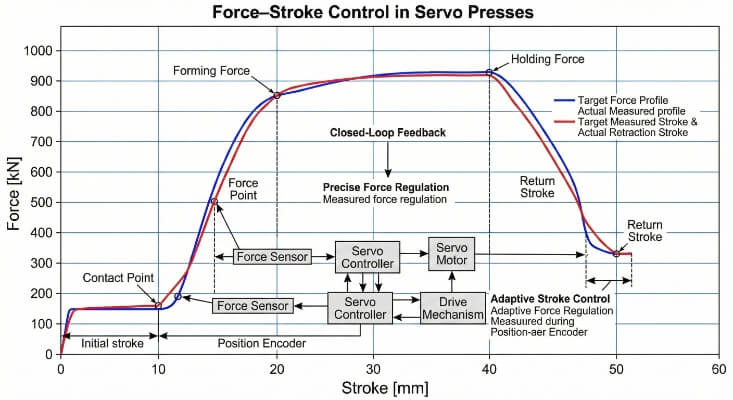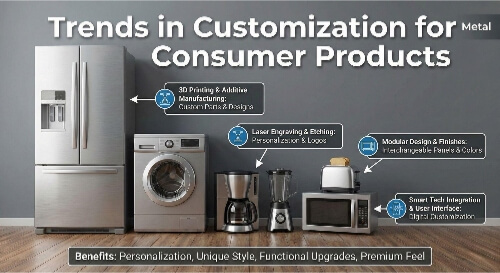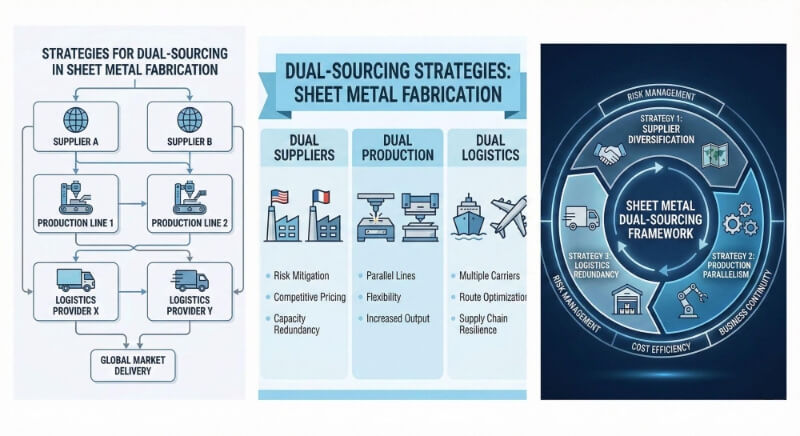Have you ever felt an unexpected, sharp edge when running your hand over a metal component? We call this “burr” in the metal industry. These annoying little protrusions are a headache for everyone, including manufacturers. This post will shed light on metal burrs and explain what they are, how they happen, and the solutions we use at Shengen.
Are you curious about the best way to remove these burr bits for metal? Continue reading to get some great tips and insight.
What are metal burrs?
Metal burrs can be small and sharp protrusions on metal edges after machining operations such as drilling or milling. These are bits of metal that have not been removed cleanly from a part. They can leave a jagged or rough edge. Several factors can cause this, including the type of metal, the condition and design of the cutting tool, or the machining method.
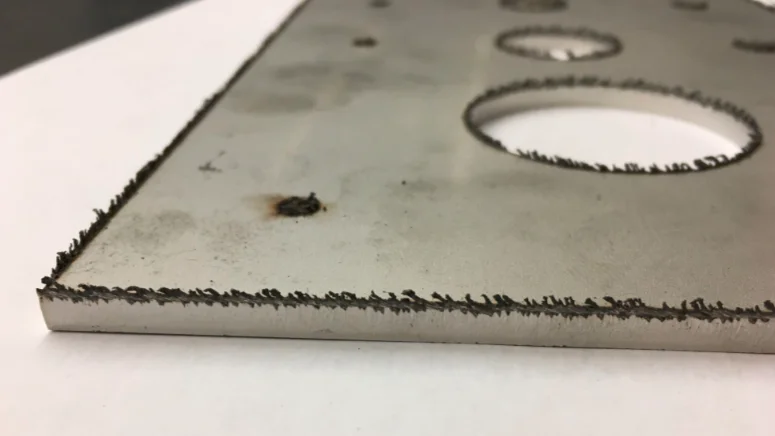
How are metal burrs formed?
Common Manufacturing Processes Leading to Burr Formation
Understanding the origins of metal burrs in our quest to manufacture precision sheet metal components at Shengen is crucial. A variety of manufacturing processes causes these protrusions. Each has its unique challenges. We’ll look at some of the common causes.
Machining
Machining processes like milling, turning, and drilling often form metal burr. Cutting tools often leave behind tiny, irregular edges or spikes when they cut metal. The type of tool, its sharpness, and the speed of operation can affect the burrs produced.
Sheet Metal Operations
Burrs are especially common in sheet metal operations such as punching, laser cutting, and shearing. The force used to cut or shape metal sheets can cause the material to be displaced, resulting in burrs.
Grinding and Finishing Processes
Even refining or finishing processes, such as grinding, can introduce burrs. When abrasive material wears away the metal surface, it can tear instead of cut, causing micro-burrs.
The materials: Susceptibility of burrs
Due to their malleability, soft metals like aluminum and copper are more susceptible to the formation of burrs. The pressure from cutting or shaping tools easily deforms the materials. This leads to a more significant number of burrs. While harder metals such as steel and titanium are not immune to burrs, they may produce smaller protrusions that are easier to handle.
Metal Burrs: What are the Implications?
Metal burrs are small but can have a significant impact on sheet metal fabrication. We’ll explore the many ways that metal burrs impact our safety, quality, and performance.
Safety Concerns
Injury Risks and Prevention Measures
Metal burrs can cause injury. These sharp edges are capable of cutting skin and causing severe injuries or cuts to those who handle the parts. We prioritize safety in our facilities by using strict handling protocols and protective gear like gloves.
Quality and Performance
Impact on product functionality
Burrs are a significant factor in the performance of a product. Even a tiny protrusion in a part can cause it not to fit together perfectly. It can cause equipment to malfunction or, in aerospace and automotive safety applications, pose a significant risk.
Aesthetic considerations
Burrs are not only functional but can also affect the aesthetic value of a product. Burrs are detrimental in industries that place a high value on the appearance and finish of components, like consumer electronics or exterior trims for automobiles. Our parts are polished and buffed to make them visually appealing and functional.
Economic Repercussions
Poor Burr Management Costs
If not adequately managed, burrs can lead to serious economic consequences. Reworking or scrapping parts because of excessive burrs can increase production costs, waste valuable materials and labor, and lead to increased costs.
Losses of Efficiency in Production
A lack of efficiency in metal burr removal can lead to production bottlenecks and a reduction in overall manufacturing efficiency. Our investment in deburring technology and staff training allows us to keep up production rates without compromising the quality of parts.
Deburring Tools and Methods
Looking deeper into manufacturing, you will find many deburring techniques available to achieve a smooth finish on metal parts.
The processes used range from manual to fully automated, showing a broad spectrum of methods. The versatility of deburring techniques allows manufacturers to choose between thermal and mechanical methods.
Let’s look at the most common deburring techniques to achieve a seamless finish on metal parts.
Manual Deburring
Manual deburring is traditional, but it requires skilled craftsmanship to achieve optimal results. This makes it a time-consuming and labor-intensive process. While effective for small-scale operations, this method is not practical for large batches because of its inefficiency.
Manual deburring with a file
Using this method with deburring tools, files, sandpapers, and other polishing instruments is best. This technique’s flexibility and its minimal requirement for expensive machinery stand out.
Pros:
- Highly Flexible
- No need to purchase expensive equipment
Cons:
- Impractical for large quantities
- Limitations to simple parts and small burrs
- Cost-effective only for small quantities
Punch Deburring
This technique uses a punching device to use various dies, such as rough and fin blanking dies and sizing dies. It is more efficient and productive than manual methods.
Pros:
- More productive than manual deburring
- Enhance efficiency
Cons:
- Complex structures are not applicable
- Specialized tools are required
Hole Deburring
This method targets the deburring of inner holes. It uses tools to smoothly enter and exit the hole without damaging the surface. Some tools have a tapered tip for creating chamfers. This is a cost-effective and fast solution for multiple pieces.
Pros:
- Quick and affordable
- Multi-pieces with excellent surface finishes.
Cons:
- Only for holes
- Specific tools are required
Brushing
The surface is “cleaned” with a brush similar to sandpaper, but it’s more efficient and can be automated when mounted onto machine tools. This technique is beneficial for parts with complex shapes, such as crankshafts.
Pros:
- Rapid and Economical
- Compatible with complex parts
- Affordable brushes offer automation potential
Cons:
- May need multiple brushes for effectiveness
- For increased efficiency, you will need a tool changer
Electrochemical Deburring
Electrochemical deburring or electropolishing is the best option for small parts that have burrs. This process reverses metal plating by removing material with an electrode, electrical current, and sodium-based electrolyte.
Pros:
- Precision for the most challenging areas
- The deburring process can be used on multiple parts at once
- No heat-affected zones or tool wear
Cons:
- Limitations to small parts
- Custom tools are required and may inadvertently impact non-targeted area
Tumbling
The use of liquids and abrasives in a centrifugal or vibratory barrel can provide an excellent finish, eliminating burrs while avoiding surface damage. This is suitable for plastics and ceramics.
Pros:
- Highly efficient but less aggressive
- Other imperfections are addressed
Cons:
- Special Machinery Needed
- Different mediums are required for different applications
Grinding and rolling
Mechanical deburring by grinding or rolling is a good option for those who want a high-quality finish. It offers flexibility, cost-effectiveness, and high production rates compared to the manual method.
Pros:
- Simple, fast, and flexible
- High production rates and economic viability
Cons:
- Smaller products are generally more suitable.
- This may necessitate additional processing.
Thermal Deburring
The Thermal Energy (TEM) method uses controlled combustion to remove burrs from multiple pieces simultaneously. It relies on a precise mixture of oxygen and fuel, which avoids damaging the parts but effectively removes thin burrs.
Pros:
- Quick and versatile
- Multiple parts can be processed at the same time
- High production rate
Cons:
- Some parts may need protective measures
- The material removed becomes oxide and requires further processing
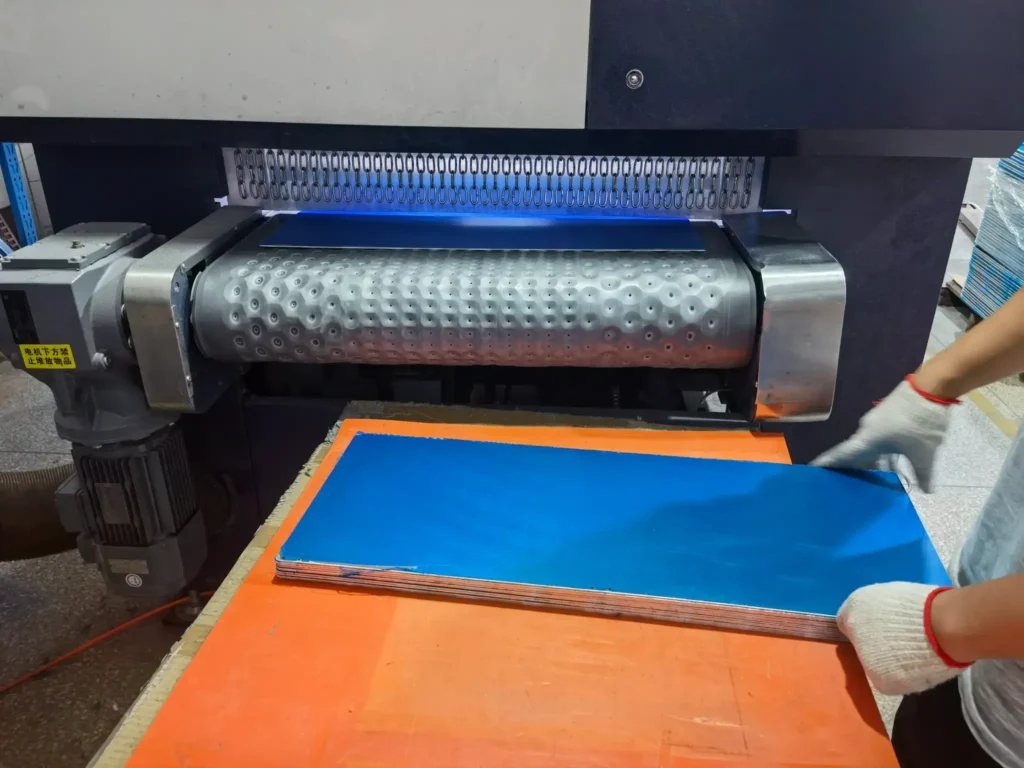
Prevention and Control Strategies
It is just as essential to prevent the formation of metal burrs as it is to remove them. We will examine strategies to reduce burr formation.
Design Considerations
Designing to minimize burr formation is a great way to reduce the number of burrs.
During the initial design phase, one of the best ways to avoid burr formation is by avoiding it. Understanding how different manufacturing processes affect the material allows us to design parts that are less likely to burr. Consider the direction of the cuts, the placement of the part on the material, and features that can withstand manufacturing stresses without forming burrs.
Process Optimization
Adjustments to Machining Parameters
By adjusting machining parameters, such as the cutting speed, the feed rate, and the coolant, you can reduce the likelihood that burrs will form. We can reduce burring by fine-tuning the parameters.
How to Choose the Right Equipment and Tools
Selecting the right cutting equipment and tools can also prevent burrs. The use of sharp, high-quality cutting tools as well as the right tool for each material and task, will reduce the formation and growth of burrs.
Maintenance and Quality Control
Regular Maintenance of Equipment
It is essential to maintain our equipment regularly to prevent burrs. Dull or damaged tools, misaligned machines, and worn-out bearings can cause the problem.
Implementing a quality control program
We base our strategy to reduce burr metal formation on a robust quality control program. Regular inspections are conducted at different stages of the production process to identify and correct potential problems early.
Conclusion
Shengen takes the problem of metal burrs very seriously. Our approach to eliminating and managing burrs, from the first design phase to the final checks of quality control, is thorough and meticulous. Burrs are a small but significant issue for the safety, aesthetics, and functionality of our products. They also hurt our efficiency and profitability.
Do you need a reliable sheet metal parts manufacturer? Shengen is the place to go. We specialize in sheet metal laser cutting, bending, surface finish, and sheet metal welding. Reach out to Shengen Today and seek help from professionals!
FAQ:
What is the best deburring method?
Deburring techniques can be different depending on a project’s materials, complexity, and requirements. Vibratory finishing is a great way to deburr large parts. Electrochemical deburring is an effective method to deburr difficult-to-reach surfaces. We design our products for efficiency and the highest quality.
What are the material properties that affect burr formation, and how do they influence it?
The grain structure and material properties, such as hardness, flexibility, and grain size, have a significant impact on burr formation. Aluminum, which is a softer material, tends to produce larger burrs that are more flexible. In contrast, stainless steel and other more complex materials may produce smaller burrs that are more rigid.
Can burr formation completely be prevented?
It is difficult to completely prevent burrs from forming during metal fabrication and machining processes. Careful design, optimization of machining parameters, and appropriate equipment and tools can minimize them.
What safety measures should be taken into consideration when deburring?
Deburring is no exception. Safety is the most critical factor in any manufacturing process, including deburring. Personal protective equipment is necessary to protect workers from debris and sharp edges.
What is the impact of different deburring methods on the environment?
Deburring techniques can have a wide range of environmental impacts. Deburring by mechanical and manual methods has a minor environmental impact, whereas chemical and thermal techniques can be energy-intensive or involve hazardous materials.
More Resources:
Deburring and Edge Finishing Handbook – Source: Google Books
Types of Metal Burrs – Source: Deburr
Electrochemical Deburring (ECD) – Source: Extrudehone
Hey, I'm Kevin Lee

For the past 10 years, I’ve been immersed in various forms of sheet metal fabrication, sharing cool insights here from my experiences across diverse workshops.
Get in touch

Kevin Lee
I have over ten years of professional experience in sheet metal fabrication, specializing in laser cutting, bending, welding, and surface treatment techniques. As the Technical Director at Shengen, I am committed to solving complex manufacturing challenges and driving innovation and quality in each project.

